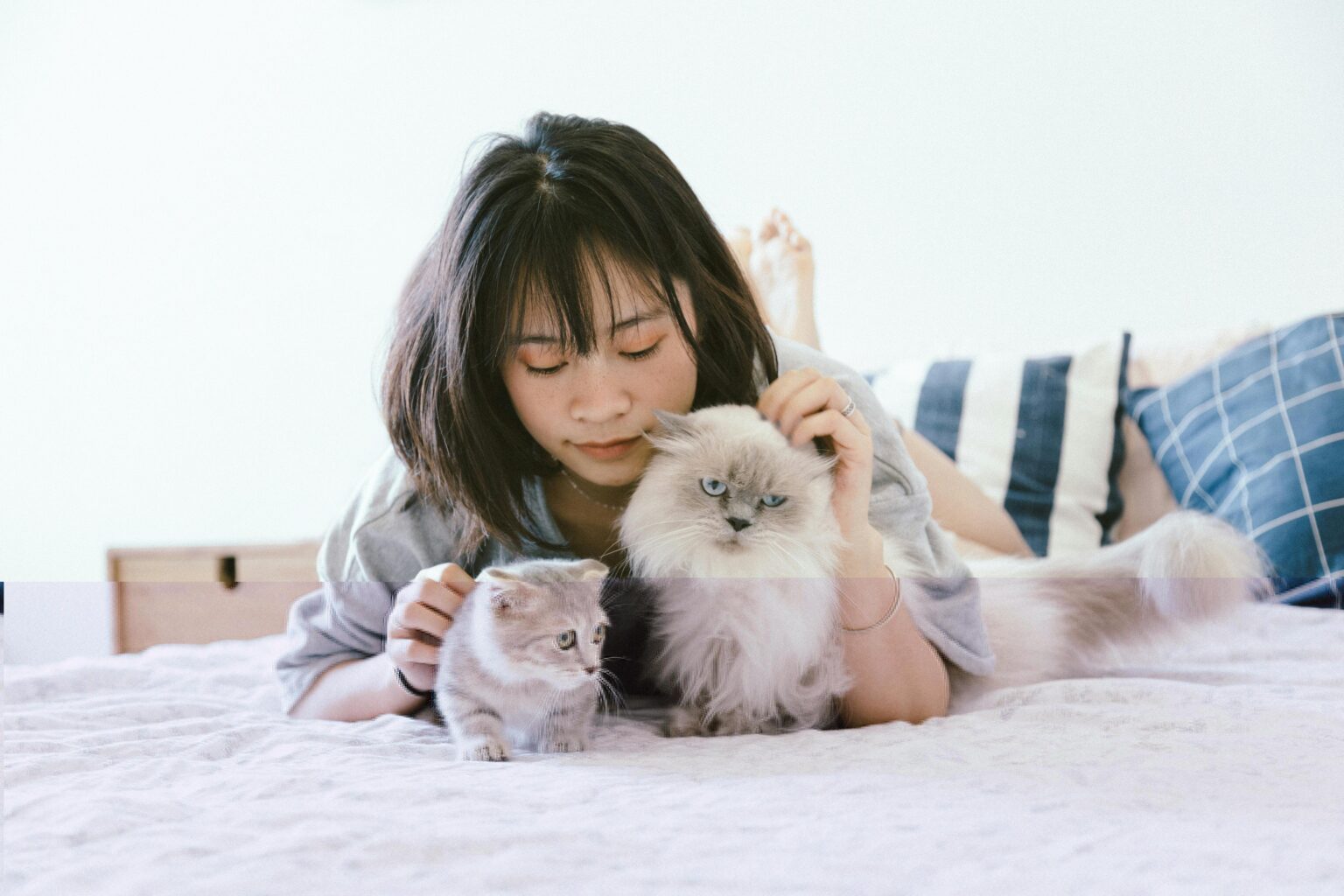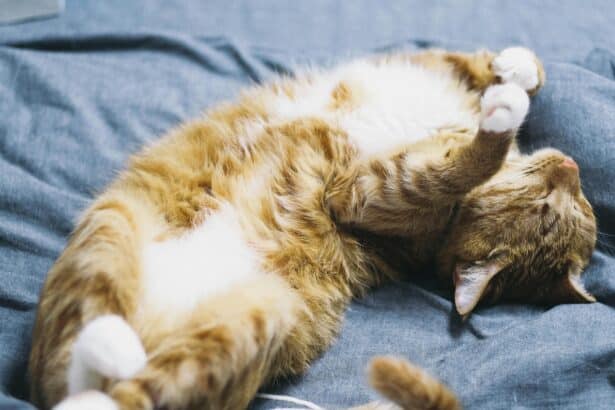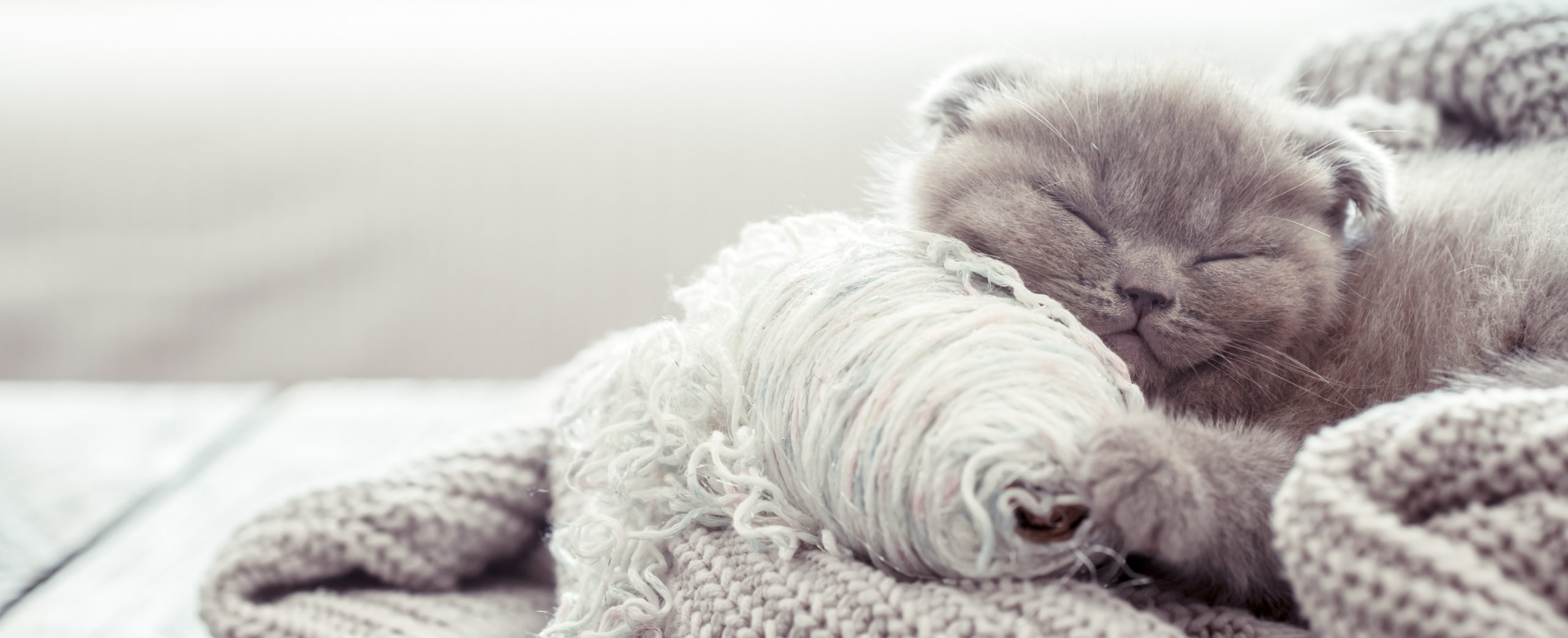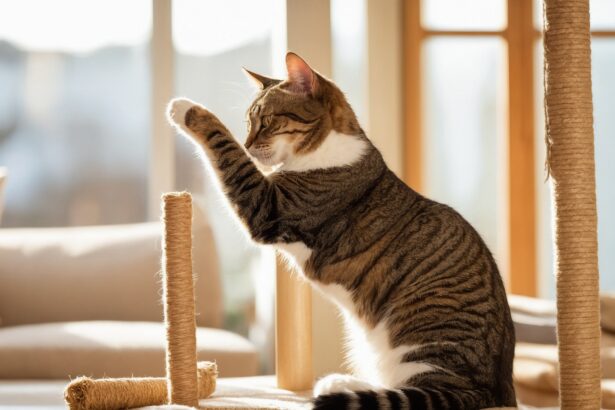Understanding your cat’s reproductive rhythm
Cat motherhood is beautiful, but timing matters. Knowing when your queen should (and shouldn’t) have kittens helps protect her health and her babies’ start in life. Ready to decode the cycle, the safe gaps between litters, and the red flags to watch?
The estrous cycle, decoded
- Proestrus: 1–2 days of flirting and attention-seeking. She’ll rub, chirp, and parade—but won’t accept mating yet.
- Estrus (heat): The full show—rolling, loud meows, tail to the side. This can last 3–16 days and repeat every 2–3 weeks if she doesn’t ovulate. Cats are induced ovulators, so mating triggers ovulation.
- Metestrus/diestrus: The quiet after the storm. If she’s pregnant, hormones stay high; if not, she’ll settle until the next heat.
- Anestrus: Sexual rest, most often in late autumn and winter—though indoor lighting can blur these seasonal breaks.
Curious about timelines, belly changes and nutrition by trimester? See our full guide to cat pregnancy for practical checkpoints.
How often do heats happen?
Cats are long-day breeders: more daylight, more heats—typically January to August. Indoor life (with bright lights) can keep cycles going year-round. Most queens reach their first heat around 5–7 months.
Practical tip: Keep a tiny “heat diary” in your phone. Log vocal nights, tail flagging, and rolling. Patterns appear fast—and it’s much easier to keep her safely indoors on the days she’s most determined to roam.
Notice sudden cycle changes or prolonged heat? It’s smart to watch for subtle health signs and check in with your vet. Light management can help, but it’s not birth control; only spaying truly prevents pregnancies.
The optimal interval between litters: practical advice
Gestation basics
Pregnancy lasts on average 63–65 days (about nine weeks). Nutritional needs rise quickly: think high-quality protein, energy-dense meals, and fresh water at all times. Gentle handling and quiet nesting areas are essential.
Post-birth recovery
After birth, your queen needs time to heal and to nurse. Many queens can physiologically come back into heat within weeks, but that doesn’t mean they should be bred again.
- Gestation: ~9 weeks
- Nursing and maternal care: 8–12 weeks
- Body recovery: 2–3 additional months to rebuild reserves
Put together, a sensible minimum interval is at least 6 months between litters. Many guardians aim for 10–12 months to give the body, coat, and immune system time to fully rebound.
Common mistake to avoid: Breeding again while she’s still nursing. Why? Lactation already taxes calcium, iron, and energy reserves; back-to-back pregnancies increase risks of anemia, poor milk production, and postpartum complications.
Planning for kittens again later? When the time comes, here’s how to introduce a new kitten smoothly so everyone settles in peacefully.
Why back-to-back litters are risky
Health risks for the queen
- Physical exhaustion and anemia
- Insufficient lactation and mastitis
- Uterine infections (including pyometra)
- Nutritional imbalances and weakened immunity
Consequences for kittens
- Low birth weight and delayed development
- Higher susceptibility to infections
- Competition for milk if the queen hasn’t fully recovered
Surprising fact: Because cats are induced ovulators, one litter can have multiple fathers. It’s nature’s way of mixing the gene pool—another reason to keep a close eye on your queen during heat.
Smart care between litters
- Upgrade nutrition: A high-quality, energy-dense diet supports recovery. Many vets recommend kitten formulas during late pregnancy and lactation—ask what’s best for your queen.
- Track body condition: Weigh her weekly and aim for a visible, healthy waist and smooth coat. Sudden weight loss or dull fur are red flags.
- Parasite control: Keep deworming and flea protection on schedule to prevent anemia and stress. Learn the essentials in our worm protection guide.
- Stress management: Provide a calm, cozy nest, predictable routines, and gentle play. Stress hormones can upset cycles and milk production.
Not planning more litters? Spaying is the kindest, safest choice for most companion cats, reducing risks like pyometra and accidental pregnancies.
Quick checklist: choose a safe next-litter date
- Has it been at least 6 months since the last birth?
- Is her weight stable with a glossy coat and bright eyes?
- Is her bloodwork (if done) all clear?
- Is your vet comfortable with her overall condition?
If any answer is “not yet,” give her more time. Her long-term health is worth the wait.
FAQ
What is the safest interval between litters for cats?
A minimum of 6 months is advisable; many guardians and vets prefer 10–12 months to fully restore body reserves and reduce complications.
How soon after giving birth can a cat get pregnant again?
Some queens can cycle again within weeks, especially if not nursing—so keep her indoors and supervised. Physiologically possible does not mean healthy or advised.
How many litters per year are considered responsible?
Ideally one. In some cases, two under close veterinary supervision, with adequate recovery time, but frequent litters are risky for mother and kittens.
At what age should a female cat be bred the first time?
Only once fully mature—often 12–18 months. Avoid breeding on the first heat; early pregnancies raise health risks for both queen and kittens.








